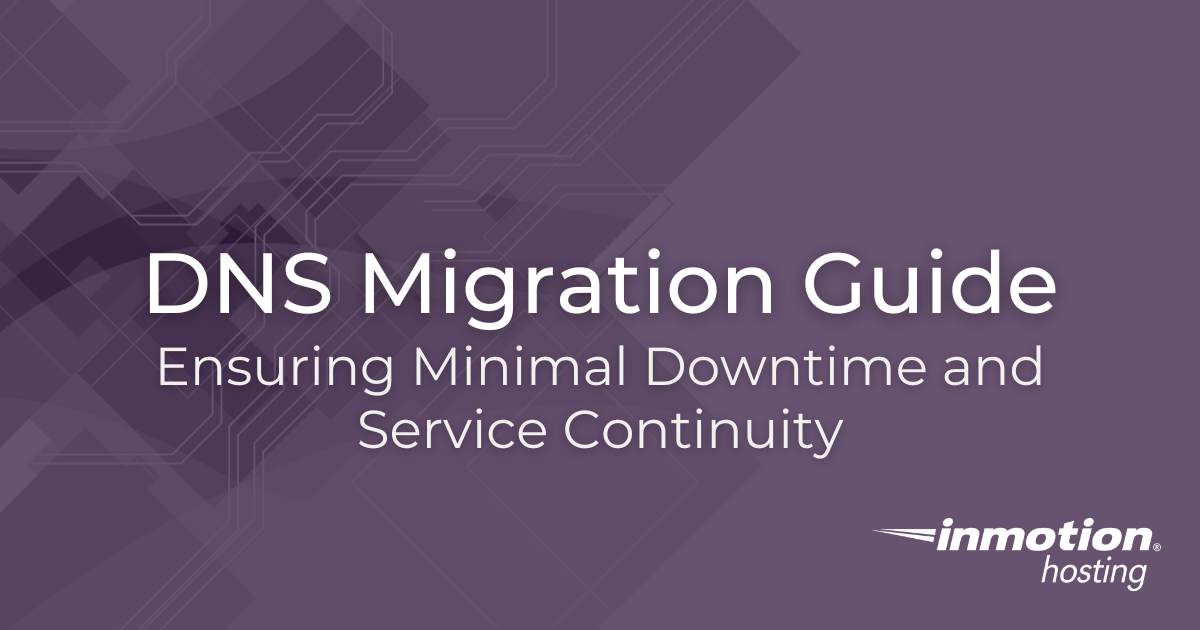When you’re considering a rebranding plan, it’s essential to follow a structured approach. Start by setting clear and realistic goals that align with your business objectives. Next, gain insight into your target audience by creating detailed buyer personas. This comprehension will inform your positioning statement, which should clearly convey your brand’s unique advantages. Once you have these elements, you can focus on developing a fresh brand identity. But how do you guarantee this new image resonates with your audience?
Key Takeaways

- Set SMART goals to align rebranding efforts with overall business objectives and establish key performance indicators for success measurement.
- Understand your target audience by developing detailed buyer personas and analyzing customer feedback to guide design and messaging.
- Create a compelling positioning statement that defines your target segment, highlights key benefits, and supports consistent marketing strategies.
- Design a fresh brand identity, including colors and logos, ensuring resonance with audience values and maintaining consistency through a style guide.
- Test branding elements through A/B testing, surveys, and focus groups, refining based on feedback and performance metrics for continuous improvement.
Set Clear and Realistic Goals

Setting clear and realistic goals is vital to a successful rebranding plan. Start by establishing specific, measurable, achievable, relevant, and time-bound (SMART) goals that guide your efforts.
Identify key performance indicators (KPIs) like brand recognition, customer loyalty, and sales growth to monitor progress. It’s important to align your rebranding goals with overall business objectives, ensuring your new identity supports your strategic initiatives.
Conduct thorough market research to understand customer expectations and identify gaps your rebranding can fill, making sure your goals are grounded in real data.
Finally, set realistic timelines for each phase of your brand rollout plan, keeping momentum during adjustments based on feedback and outcomes. This structured approach will improve your rebranding success.
Understand Your Target Audience

How well do you really know your target audience? Comprehending both your primary and secondary audiences is essential, as it shapes your brand’s personality and creates the first impression of your business.
Start by developing detailed buyer personas that include demographic and psychographic information. This helps you connect better with your ideal customers.
Don’t forget that color choices in your branding can evoke specific emotions, so align your design with audience preferences.
Conduct market research and analyze customer feedback to identify gaps between current brand perception and audience expectations. These insights will inform your brand rollout strategy, ensuring it resonates with your audience as you enhance memorability and customer connection.
This comprehension is key to a successful rebranding effort.
Develop a Compelling Positioning Statement

A compelling positioning statement is crucial for defining your brand’s unique value in the marketplace. This statement articulates the specific benefits your brand offers to its target audience, distinguishing you from competitors.
Start by identifying your target customer segment and the category in which you compete. Clearly outline the key benefit your brand provides and include reasons your audience should believe in that benefit.
As you develop your rebranding plan, keep in mind that a well-crafted positioning statement can guide your messaging and marketing strategies, ensuring consistency across all channels.
Regularly revisiting and refining this statement based on market trends and customer feedback can improve your brand’s relevance and strengthen customer loyalty.
Create a Fresh Brand Identity

Creating a fresh brand identity starts with knowing your target audience. This comprehension guarantees your new design resonates with their preferences and values, improving customer connection.
Here are four key steps to contemplate for your global brand rollout plan:
- Choose Colors Wisely: Remember, colors evoke emotions; select those that align with your brand’s personality.
- Design a Memorable Logo: Your logo should be simple, versatile, and distinct, serving as a visual representation of your brand.
- Develop a Brand Style Guide: This guide will maintain consistency across platforms by outlining logo usage, color palettes, and typography.
- Test Visual Elements: Before full rollout, gather feedback from your audience to verify alignment with their expectations and boost acceptance.
Test and Refine Your Branding

Testing and refining your branding is crucial to guarantee it resonates with your target audience and meets your business objectives.
Start with A/B testing different branding elements, like logos and color palettes, to gather data on customer preferences. Use surveys and focus groups to identify strengths and weaknesses in your branding.
Monitor social media engagement to assess public perception, allowing for real-time adjustments. Consider small-scale pilot launches in select markets to observe performance metrics before a full corporate identity rollout.
Finally, continuously refine your branding based on key performance indicators, such as brand recognition and customer loyalty, ensuring alignment with your overall business strategy.
This process will help you create a strong, effective brand identity.
Frequently Asked Questions
![]()
How to Create a Rebranding Plan?
To create a rebranding plan, start by evaluating your current brand identity.
Evaluate your logo, color palette, and how customers perceive your brand.
Next, define clear objectives that align with your business strategy.
Research your target audience to understand their preferences and expectations.
Develop a unique value proposition that sets your brand apart.
Finally, create a detailed implementation plan, outlining each step and ensuring consistency across all platforms for a successful launch.
How to Create a Brand Identity in 7 Steps?
To create a brand identity in seven steps, start by evaluating your current brand elements like logos and colors.
Next, conduct market research to understand your audience’s preferences.
Develop a unique value proposition that highlights what makes your brand different.
Then, design visual elements that reflect your brand’s personality.
Finally, establish a messaging framework for consistent communication across all platforms.
These steps will help you build a strong and recognizable brand identity.
What Is the First Step in Rebranding?
The first step in rebranding is to assess your current brand. Start by evaluating existing identity elements like your logo, color palette, and tagline. This helps you comprehend their effectiveness and how customers perceive them.
Next, conduct market research to gather feedback and analyze brand equity. This information highlights your brand’s strengths and weaknesses, guiding you toward necessary improvements.
Grasping your current position lays a solid foundation for a successful rebranding effort.
How to Create a Branding Plan?
To create a branding plan, start by evaluating your current brand identity. Identify what works and what doesn’t, focusing on logos, color palettes, and customer perceptions.
Next, define your objectives clearly, whether it’s repositioning or entering new markets. Conduct market research and gather customer feedback to shape detailed buyer personas.
Then, develop a cohesive brand strategy that outlines your mission and values, ensuring consistency across all platforms.
Finally, plan a strategic launch campaign to introduce your new brand.
Conclusion

In summary, a successful rebranding plan requires careful planning and execution. By setting clear goals, comprehending your audience, crafting a strong positioning statement, creating a new brand identity, and testing your efforts, you can effectively revitalize your brand. Each step is essential for ensuring your rebranding aligns with your business objectives and resonates with your customers. By following these five steps, you’ll improve your brand’s presence and increase its chances of long-term success in the market.
Image Via Envato







